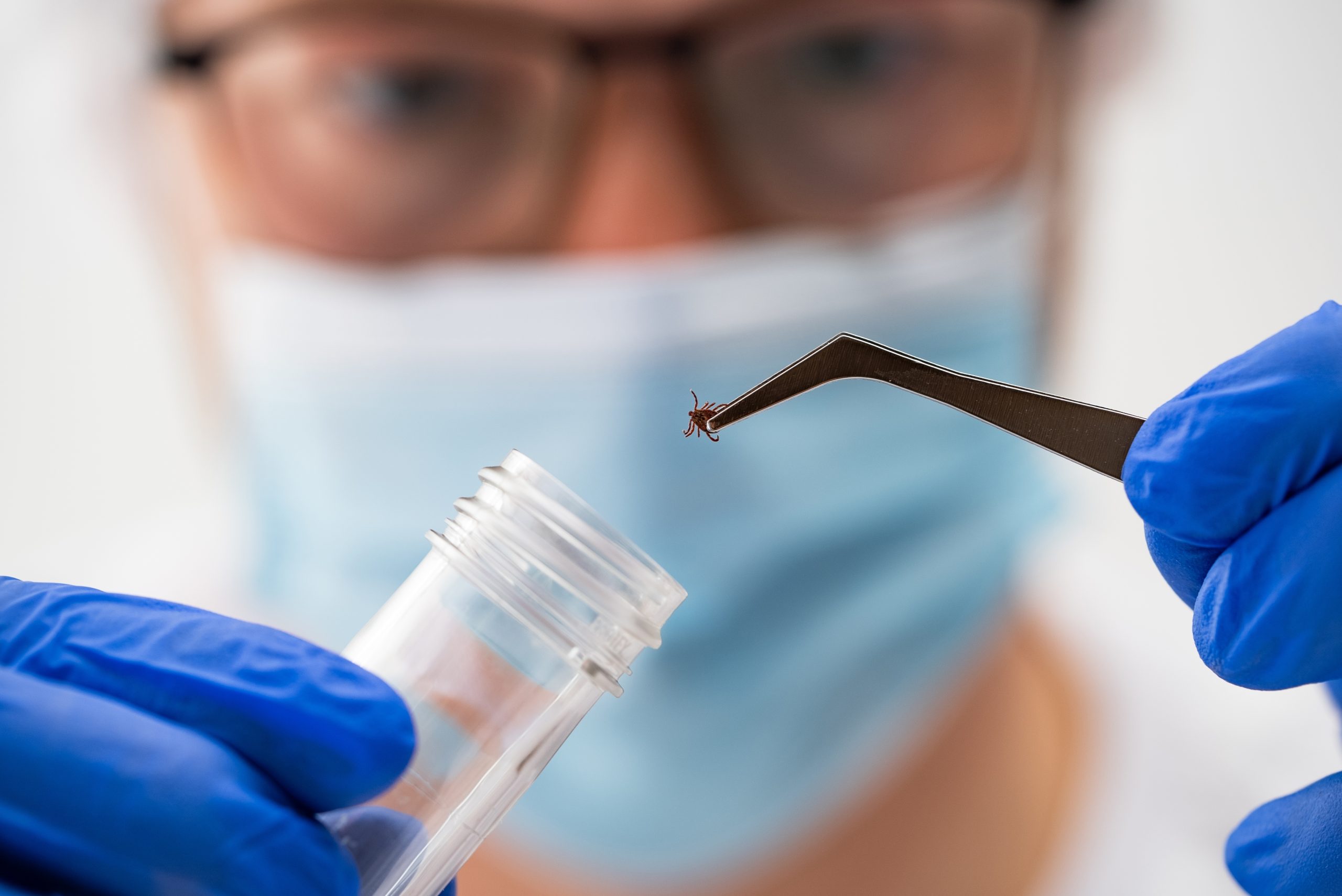Gut health experts now say that a single, five-step protocol could be the missing link between your lingering fatigue, stubborn digestive woes, and even your next bad mood—if you know what letter to start with.
Story Snapshot
- The 5R protocol offers a systematic approach to restoring gut health and immunity.
- Experts link gut imbalances to chronic diseases, mood disorders, and immune dysfunction.
- This science-backed method focuses on root causes, not just symptoms.
- Clinical adoption is rising as research exposes the Western diet’s role in gut issues.
The 5R Protocol: A Blueprint for Gut Restoration
Functional medicine practitioners have quietly championed the 5R protocol for decades, but its resurgence in the public eye comes as gut complaints and immune issues soar in aging populations. The protocol’s five steps—Remove, Replace, Reinoculate, Repair, Rebalance—form a logical sequence, each building on the last. Remove inflammatory foods and hidden pathogens, Replace missing digestive factors, Reinoculate with beneficial bacteria, Repair the gut lining, and Rebalance the habits that sabotage gut health. This method doesn’t just patch symptoms; it targets the gut’s root dysfunction, which modern research now connects to everything from irritable bowel syndrome to brain fog and autoimmune flare-ups.
Remove is the opening salvo. Practitioners identify and eliminate food triggers—gluten, dairy, sugar, alcohol, and processed foods top the list. They often look for stealthy culprits: bacterial or yeast overgrowth, parasites, or even environmental toxins. Replace steps in next, restoring what the gut can no longer supply: stomach acid, bile salts, or digestive enzymes lost to age or chronic stress. These two phases alone often lead patients to report less bloating, more regularity, and improved energy within weeks, but the protocol’s advocates insist the sequence cannot stop here.
Personalization and the Power of Reinoculation
Reinoculate is where the protocol pivots from removal to renewal. Here, the focus shifts to repopulating the gut with beneficial bacteria—probiotics, prebiotics, and fermented foods all play a role. What sets the 5R protocol apart is its insistence on clinical supervision and personalization. Not every person with gut symptoms needs the same strains, doses, or foods. Practitioners use stool tests and symptom tracking to fine-tune recommendations—sometimes adding targeted antimicrobials, sometimes restoring balance with a gentler touch. Repair follows, using nutrients like L-glutamine, zinc, or omega-3s to heal the gut lining and reduce inflammation, addressing the leaky gut phenomenon now widely acknowledged in medical literature.
Rebalance, the protocol’s final pillar, may be the most overlooked—and the most transformative. This step recognizes that stress, poor sleep, and sedentary lifestyles can undo even the most disciplined dietary overhaul. Functional medicine clinics now incorporate mindfulness, sleep hygiene, and movement plans alongside supplements and elimination diets. The goal: protect the gut’s delicate ecosystem for the long haul. This is not a quick fix but a blueprint for lasting change, grounded in mounting evidence that lifestyle, more than any single pill or probiotic, shapes the gut’s resilience.
Why the 5R Protocol Is Gaining Ground
The rise of the 5R approach is no accident. The Western diet—marked by processed foods and antibiotic overuse—has fueled an epidemic of gut dysfunction, with ripple effects across every system in the body. Patients frustrated by symptom-focused prescriptions flock to integrative clinics in search of root-cause solutions. The 5R protocol offers structure and hope, especially for those with chronic, unexplained complaints. Media coverage and expert endorsements have amplified its reach, while early adopters—ranging from weary parents to high-powered executives—share testimonials of restored energy and freedom from digestive misery. Even conventional gastroenterologists now acknowledge the gut’s influence on immunity and mental health, while calling for more rigorous trials to validate comprehensive protocols.
For those over forty, the stakes are clear: gut health is no longer a fringe concern, but a cornerstone of aging well. The 5R protocol stands out not just for its stepwise logic, but for its demand that patients become active participants in their healing journey. With clinical guidance, many report relief within weeks, driving a surge in demand for functional medicine services and gut health products. The economic implications are significant—lower potential healthcare costs, less reliance on long-term medication, and a booming market for targeted supplements and foods.
What the Experts and Research Say
Industry leaders like the Institute for Functional Medicine, Dr. Sydne Ford-Norton, and Dr. Joel Evans publicly endorse the protocol’s benefits for energy, digestion, and immune health. Clinical guidelines emphasize individualization and supervision, cautioning that one-size-fits-all solutions rarely deliver lasting results. Peer-reviewed studies support many individual elements—elimination diets, probiotics, stress reduction—but comprehensive trials of the protocol as a whole remain in early stages. Critics argue that the evidence base for all five steps together needs strengthening, while advocates counter that real-world results and patient satisfaction are hard to ignore.
The debate will continue, but the trajectory is clear. The 5R protocol is reshaping how we think about gut health, immunity, and whole-body wellness. For the millions still searching for relief from restless nights, unpredictable digestion, or unexplained aches, the message is simple: start with one letter, and discover what happens when you address the gut’s root causes, not just its symptoms.











